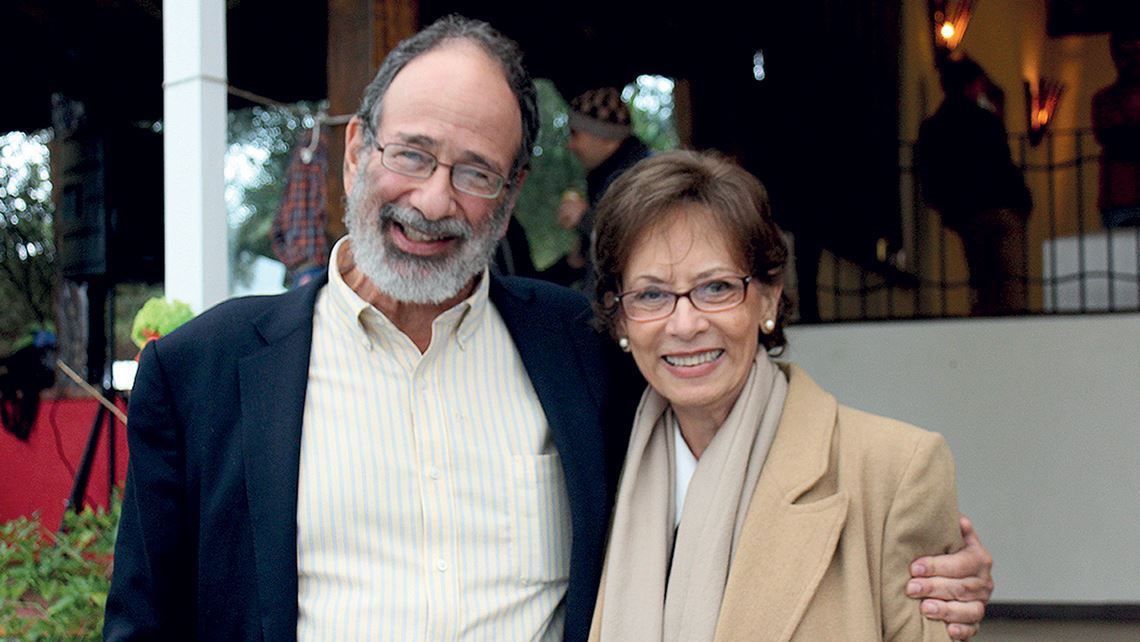Here's an interesting case report, from the innovative UCLA transplant center, about a kidney exchange chain actually, if not officially, initiated by a deceased donor.
With “reverse engineering” were some living donor kidney chains in actuality triggered by deceased donors? by Ariella Maghen and Jeffrey Veale, Clinical Transplantation, First published: 21 September 2021 https://doi.org/10.1111/ctr.14491
"Mr. M is a 58-year-old polycystic kidney disease patient waiting for a kidney transplant in the United States (US). Although his wife Mrs. M offered to donate her kidney to him, they were not a compatible match. While waiting to be “exchanged or swapped” with another donor/recipient pair facilitated by the National Kidney Registry (NKR), Mr. M received a rare offer for a “perfectly-matched” (zero-mismatch) deceased donor (DD) kidney. Only 5% of candidates receive a perfectly matched kidney from a DD; Mr. M accepted the offer and underwent transplantation in February 2020. Currently, his allograft is functioning beautifully, and he states never feeling better.
"One may think Mrs. M feels relief now and that she is “off-the-hook” to donate. But au contraire as she has completed the extensive donor evaluation and remains in the mindset to donate. Mrs. M's gratitude towards the DD family's gift to her husband motivated her to “pay-their-generosity-forward” and now donate her kidney.
"Mrs. M's donation performed on October 21, 2020, brings greater awareness to the concept of a DD triggered kidney chain, a relatively novel phenomenon in the United States.
...
"This case elucidates how transplant chains, believed to be initiated by non-directed living donors, when reverse-engineered may in actuality have been triggered by DDs who were at the pole position. Although this may be one of the first reported cases, it is possible that other transplant centers have been encouraging the allocation of donors in this fashion. There are likely more living donors who may still want to donate their kidney even after their intended recipient received a DD transplant via “zero-mismatch” or “high-PRA” offers."
************
Italy seems to be among the first places to formally follow up on the idea of deceased donor chains. See:
Transplant InternationalVolume 33, Issue 10 p. 1177-1184, Kidney exchange strategies: new aspects and applications with a focus on deceased donor-initiated chains, by Lucrezia Furian,Antonio Nicolò,Caterina Di Bella,Massimo Cardillo,Emanuele Cozzi,Paolo Rigotti First published: 09 August 2020 https://doi.org/10.1111/tri.13712
Summary: Kidney paired donation (KPD) is a valuable way to overcome immunological incompatibility in the context of living donation, and several strategies have been implemented to boost its development. In this article, we reviewed the current state of the art in this field, with a particular focus on advanced KPD strategies, including the most recent idea of initiating living donor (LD) transplantation chains with a deceased donor (DD) kidney, first applied successfully in 2018. Since then, Italy has been running a national programme in which a chain-initiating kidney is selected from a DD pool and allocated to a recipient with an incompatible LD, and the LD’s kidney is transplanted into a patient on the waiting list (WL). At this stage, since the ethical and logistic issues have been managed appropriately, KPD starting with a DD has proved to be a feasible strategy. It enables transplants in recipients of incompatible pairs without the need for desensitizing and also benefits patients on the WL who are allocated chain-ending kidneys from LDs (prioritizing sensitized patients and those on the WL for longer).
...
"Melcher et al. [10] suggested merging DD programmes with KPD programmes in 2016, an idea explored more recently in a concept paper issued by the Organ Procurement and Transplantation Network (OPTN) [11].
...
10 M. L. Melcher, J. P. Roberts, A. B. Leichtman, A. E. Roth, M. A. Rees Utilization of deceased donor kidneys to initiate living donor chains. Am J Transplant 2016; 16: 1367.
11Rock Haynes C, Leishman R. Allowing deceased donor-initiated kidney paired donation (KPD) chains. OPTN/UNOS Kidney Transplantation Committee. Concept Paper; July 31–October 2, 2017.
************
Earlier:










